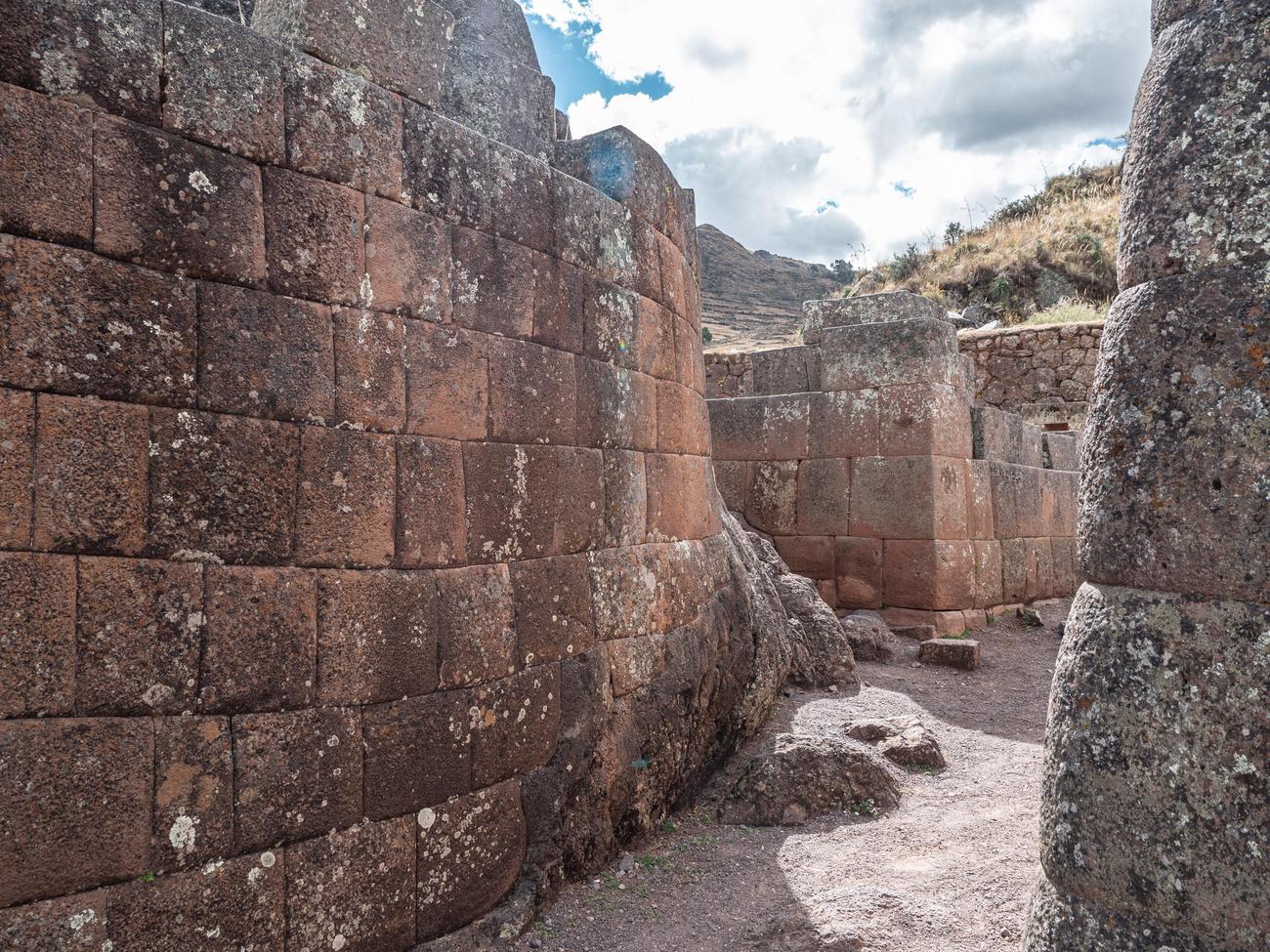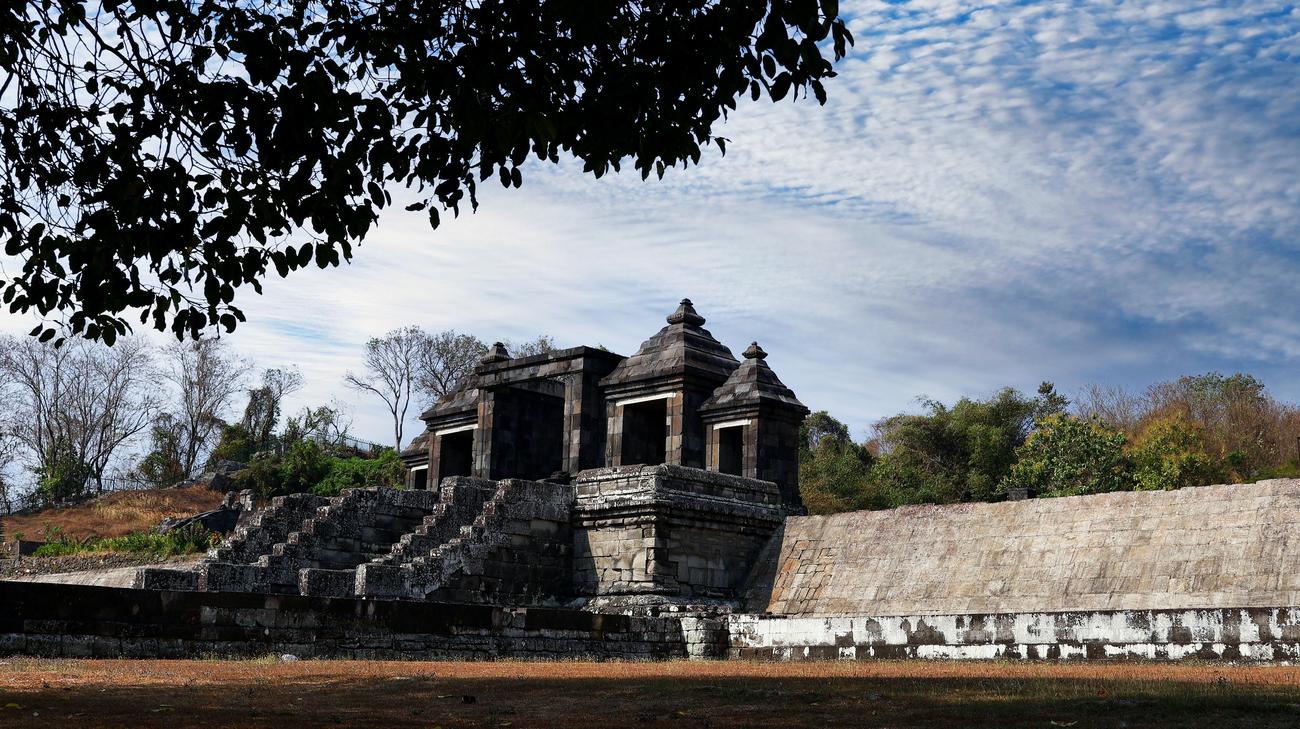Join me on a captivating journey as we venture into the ancient world of Malta’s megalithic marvels. In this article, we will unravel the intriguing history and awe-inspiring architectural wonders of the historic megalithic temples dotting the Maltese Islands. Prepare to be immersed in a world of ancient rituals, mystical beliefs, and extraordinary craftsmanship. Discover how these enigmatic structures have stood the test of time, leaving an indelible mark on the local community and captivating the imagination of visitors from across the globe. Are you ready to unlock the secrets of Malta’s historic temples? Let’s delve into this captivating exploration together.

Historic Megalithic Temples of Malta
Welcome to a captivating journey through the historic megalithic temples of Malta! These remarkable structures, dating back to the 4th and 3rd millennia BC, hold immense cultural and historical significance. As we delve into their mysteries, we will discover the rich architectural marvels that have stood the test of time and learn about the captivating stories behind their creation.
The Megalithic Temples of Malta, listed as a UNESCO World Heritage Site, represent the oldest free-standing monuments in the world. Spread across the islands of Malta and Gozo, there are seven temples in total: Ġgantija, Ħaġar Qim, Mnajdra, Skorba, Ta’ Ħaġrat, Tarxien, and Ta’ Hagrat. Each temple possesses its own unique form and decoration, offering a fascinating insight into the creativity and craftsmanship of the prehistoric inhabitants of Malta.
These temples were not mere structures; they were sacred spaces built for religious and ceremonial purposes. The Ġgantija Temples on the island of Gozo, considered the oldest temples in Malta, date back to approximately 3000 BC. Their name, Ġgantija, meaning “giantess” in Maltese, perfectly describes the monumental nature of these ancient wonders.
“The Megalithic Temples of Malta, a testament to the awe-inspiring ingenuity of our ancestors.”
Phases of temple construction were witnessed during the Temple Period in Malta, which spanned from around 3500 BC. As we explore these temples, we witness the evolution of architectural techniques and religious practices throughout the ages. Step back in time with us as we unravel the secrets of these majestic temples.
But what makes these temples so special? Imagine walking through the ancient stones, tracing the footsteps of those who came before us. Feel the weight of history as you stand in awe of the massive stone blocks that were carefully carved and meticulously stacked. These temples are living artifacts, embedded in the landscape, reflecting the deep-rooted beliefs and cultural practices of the ancient Maltese people.
“Let the stones speak as we listen to their whispers from the past.”
As we venture into the depths of each temple, we are greeted by the enigmatic symbols and carvings etched into the stone. The intricate patterns and spirals are a testament to the artistic abilities of the ancient inhabitants. These markings hold stories waiting to be deciphered, shedding light on the beliefs and rituals performed within these sacred spaces.
“Each carving, a doorway to the past, inviting us to unlock its hidden meaning.”
Uncovering the purpose behind these temples is like solving a complex puzzle. Archaeologists and historians have pieced together evidence suggesting that these structures served as places of worship and ceremonies, where offerings were made to appease deities or honor ancestors. The temples provided a physical connection between the people and the divine, a center for communal gatherings, and a sanctuary for spiritual experiences.
“What secrets lie within these ancient walls? What prayers were whispered into the hearts of these stones?”
While the temples’ original purpose remains a subject of speculation, their enduring impact on the local community and the wider world is undeniable. These monumental structures serve as a bridge connecting us to the past, reminding us of the ingenuity and resilience of our ancestors. As UNESCO World Heritage Sites, they are safeguarded for future generations, allowing us to continue exploring and unraveling the mysteries of Malta’s ancient past.
“In these temples, we find echoes of a civilization long gone, an invitation to step back through time and bask in the marvels of human endeavor.”
In conclusion, the historic megalithic temples of Malta are a testament to the depth of our human history. Their construction methods, purpose, and lasting impact on the local community and the wider world leave us in awe. Let us embark on a journey together, immersing ourselves in the wonders of these ancient structures that have stood proudly for thousands of years.
“Join us on an expedition through time, as we unveil Malta’s megalithic marvels.”
Malta, a small archipelago in the Mediterranean Sea, holds a rich history and cultural heritage that makes it a unique and enticing destination. From its ancient temples, such as the famous Ġgantija Temple, to its stunning beaches and crystal-clear waters, Malta offers a wide array of attractions for every visitor. What is Malta famous for? Well, it’s renowned for its picturesque harbor cities, including Valletta and Mdina, which are steeped in history and offer a glimpse into the island’s past. If you’re a history buff or simply fascinated by stunning architecture, Malta will not disappoint. Its medieval walled cities, towering fortresses, and charming old towns will transport you back in time. And let’s not forget about the delectable Maltese cuisine, influenced by a blend of Italian, North African, and British flavors. Indulge in traditional dishes like rabbit stew, pastizzi, and ftira while savoring the island’s unique culinary heritage. If all of this has piqued your interest and you’re eager to learn more about what Malta is famous for, click here: What Is Malta Famous For. Don’t miss out on the opportunity to explore this enchanting destination!

FAQ
Question 1
What are the Megalithic Temples of Malta?
Answer 1
The Megalithic Temples of Malta are prehistoric monumental buildings that were constructed during the 4th millennium BC and the 3rd millennium BC. They are considered the oldest free-standing monuments in the world and are listed as a UNESCO World Heritage Site. There are seven temples in total, located on the islands of Malta and Gozo: Ġgantija, Ħaġar Qim, Mnajdra, Skorba, Ta’ Ħaġrat, Tarxien, and Ta’ Hagrat. These temples are remarkable for their diversity of form and decoration.
Question 2
What were the Megalithic Temples of Malta built for?
Answer 2
The temples were built by the prehistoric inhabitants of Malta for religious and ceremonial purposes. They served as places of worship and were central to the religious beliefs and practices of these ancient civilizations. The precise rituals and beliefs associated with the temples are not fully understood, but their construction and strategic positioning suggest their significance in the religious and social fabric of the communities.
Question 3
When were the Megalithic Temples of Malta built?
Answer 3
The Temple Period in Malta is divided into five phases, with construction beginning around 3500 BC. The exact dating of each temple varies, but they generally date back to approximately 3000 BC. The Ġgantija Temples on the island of Gozo are considered the oldest temples in Malta.
Question 4
What is the significance of the Megalithic Temples of Malta?
Answer 4
The Megalithic Temples of Malta hold immense historical and cultural significance. As the oldest free-standing monuments in the world, they provide valuable insights into the early civilizations that inhabited the islands. Their construction methods, intricacies of design, and decorative elements offer clues about the technological skills and religious beliefs of these ancient cultures. The temples also demonstrate the lasting impact of these civilizations on the local community and the wider world.
Question 5
What is the UNESCO World Heritage status of the Megalithic Temples of Malta?
Answer 5
The Ġgantija temples were the first megalithic temple site to be listed as a UNESCO World Heritage Site in 1980. In 1992, an additional five megalithic temple sites were added to the listing. This recognition highlights the outstanding universal value of the Megalithic Temples of Malta and emphasizes the need for their preservation and protection for future generations.
- Unraveling Einstein’s Legacy: Who Inherited His Genius? - July 14, 2025
- Unlock Einstein’s Family Tree: Bernhard Caesar & Untold Stories - July 14, 2025
- Unveiling Bernhard Caesar Einstein: His Life & Albert Einstein’s Legacy - July 14, 2025
















